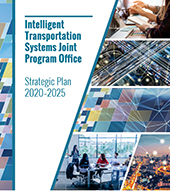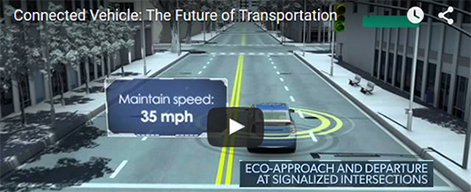News & Information
New Datasets Available on the ITS Public Data Hub
The Intelligent Transportation Systems Joint Program Office's Data Program is pleased to announce the availability of two new datasets -- Cooperative Automated Research Mobility Applications (CARMA) 2 and Enhanced Transit Safety Retrofit Package (E-TRP) -- on the ITS Public Data Hub. The data is available free to the public.
The CARMA 2 data represent the performance of a proof-of-concept vehicle platooning based on the Cooperative Adaptive Cruise Control (CACC) application. The applications include the integrated highway prototype that consists of vehicle platooning, speed harmonization, and automated lane change and merge. Researchers in the Saxton Transportation Operations Laboratory at Turner Fairbank Highway Research Center designed and built the CARMA platform version 2 that enables the implementation of the proof-of-concept CACC-based platooning in passenger vehicles equipped with production adaptive cruise control and vehicle-to-vehicle (V2V) communications using dedicated short-range communications (DSRC). The tests were conducted at the U.S. Army's Aberdeen Test Center located at Aberdeen Proving Grounds in Maryland.
Captured during an FTA-sponsored research project, the E-TRP data represent the performance of an urban bus operations safety platform using vehicle-to-infrastructure and V2V technology and includes data taken from three intersections and 24 buses over a 6-month period in Cleveland, Ohio. The systems at the intersections provided Map Data Messages and Signal Phase and Time (SPAT) messages. The SPAT message contained pedestrian detection information from a series of cameras at the intersection. The buses received and used these messages to alert the vehicle driver when pedestrians were about to enter or were in the crosswalks. The buses also used basic safety messages from DSRC-equipped vehicles (mostly other DSRC-equipped buses in this case) to warn the driver when another vehicle had the potential of making a righthand turn in front of the bus as it departed from a bus stop. The data contains bus locations, bus state changes, pedestrian detections, and user interface state changes.
To access the datasets, please visit: http://www.its.dot.gov/data/.









